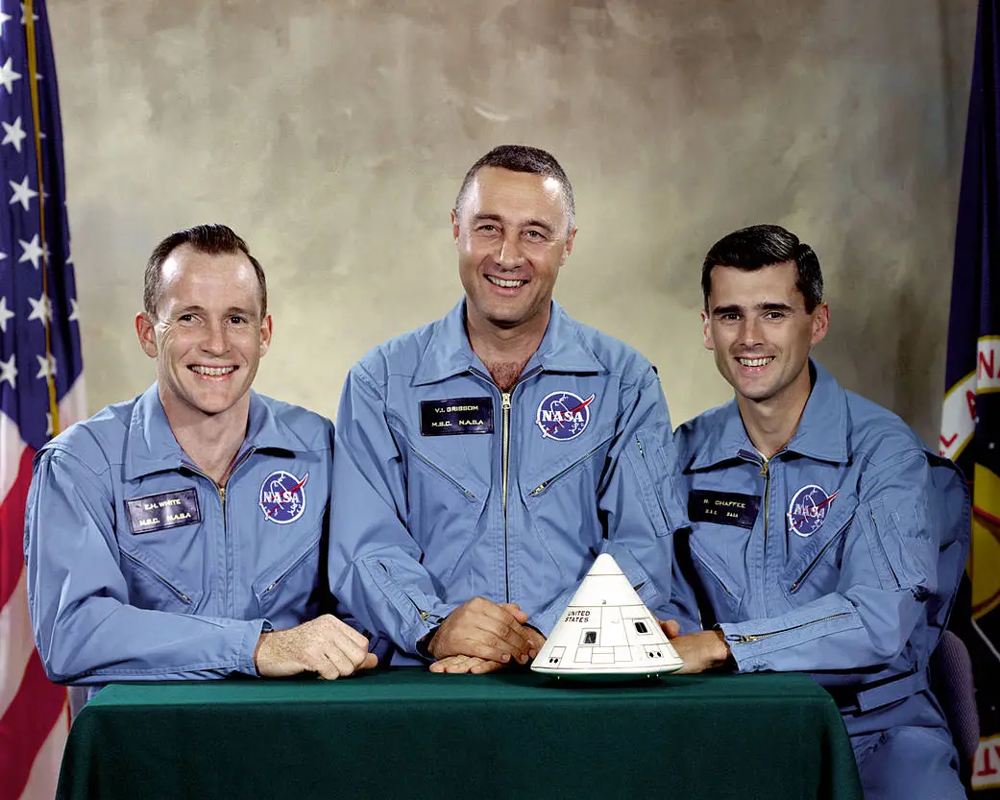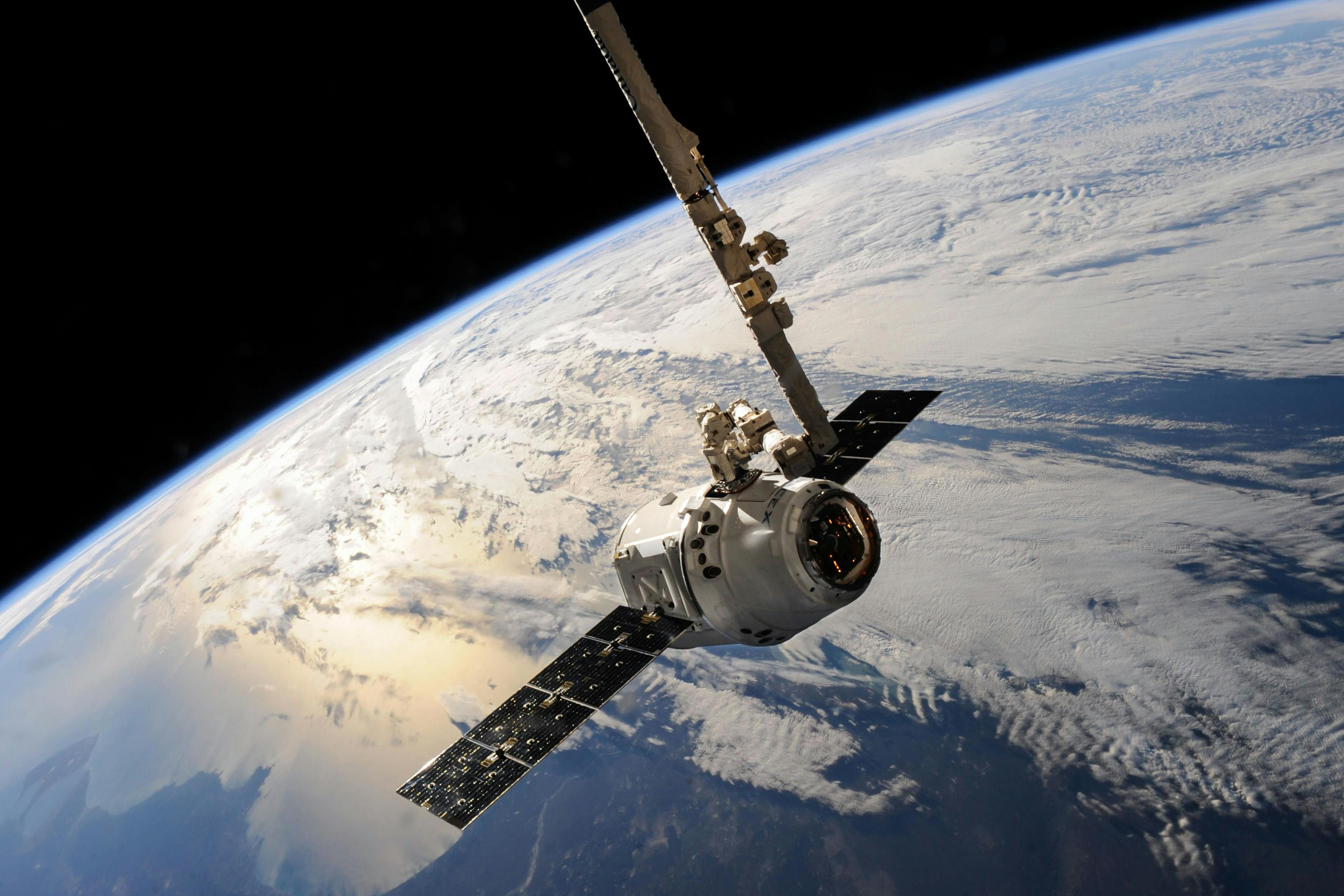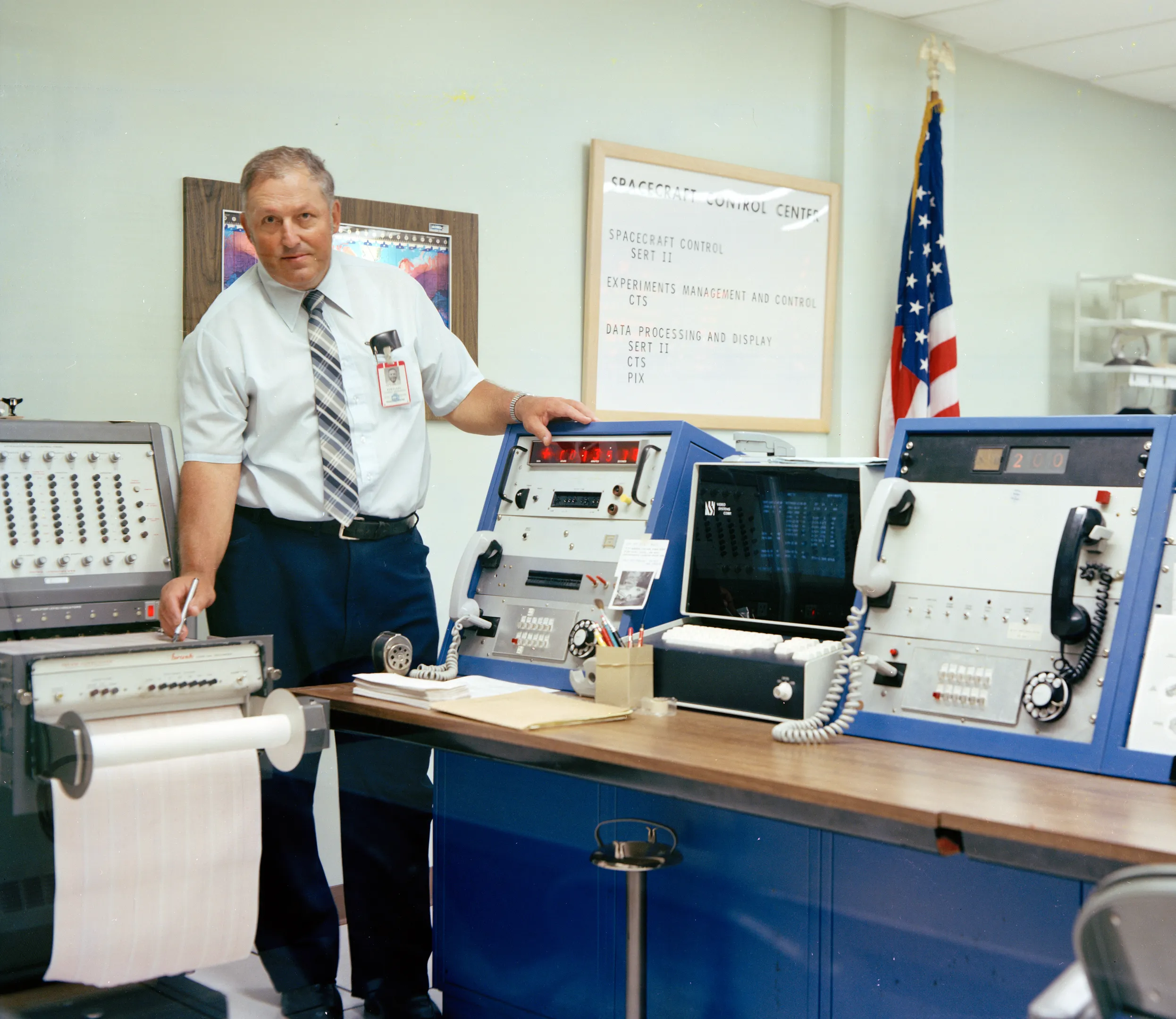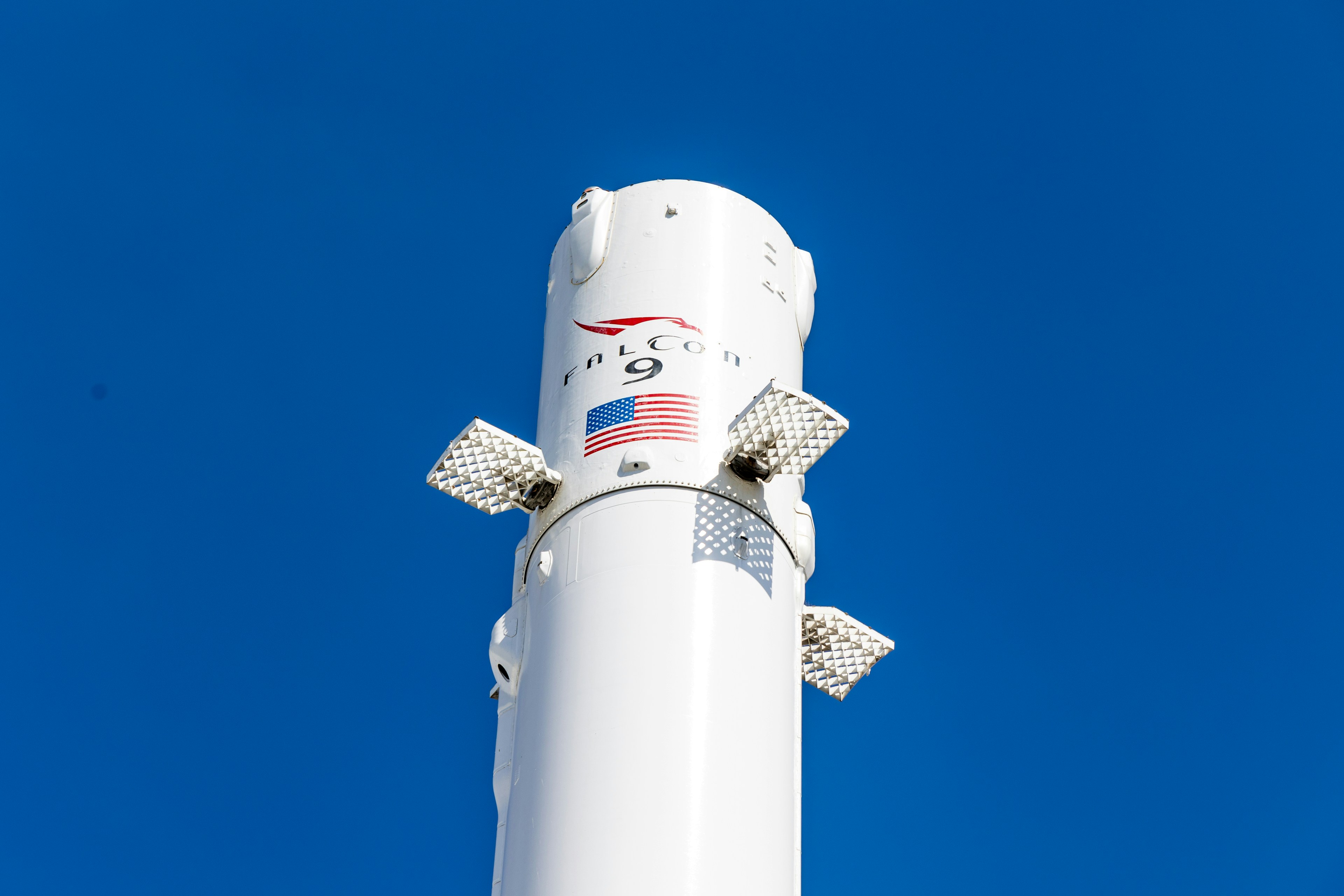· deep dive · 11 min read
The Details of Apollo 1
How a catastrophic fire in 1967 fundamentally altered NASA's approach to human spaceflight and continues to influence modern spacecraft design

The Apollo 1 fire of January 27, 1967, isn’t just a footnote in space history—it’s the watershed moment that rewrote the rules of human spaceflight. When flames ripped through the command module during what should have been a routine test, claiming the lives of astronauts Gus Grissom, Ed White, and Roger Chaffee, it forced a complete rethinking of spacecraft safety. Nearly six decades later, as NASA’s Artemis program aims to return boots to the lunar surface and private companies launch their own crewed vehicles, the lessons learned from this tragedy continue to shape every decision made in spacecraft design.
I wrote a brief commemoration piece on January 27th, but today I want to take you deeper into the story—the technical failures, the human factors, and the lasting legacy that continues to protect astronauts today. If you’re looking for just a quick overview of what happened, you can find that here.
Technical Failures That Led to Tragedy
Lethal Design Decisions
It’s hard to imagine now, but the Apollo 1 capsule was essentially a ticking time bomb. The pure oxygen atmosphere pressurized to 16.7 psi—over five times the oxygen concentration in the air you’re breathing right now—transformed ordinary materials into extraordinarily flammable substances. One NASA engineer later called it “a disaster waiting to happen,” and he wasn’t exaggerating.
Think about how quickly a campfire spreads when you blow on it. Now imagine if the entire atmosphere was oxygen. That’s what the astronauts faced inside their spacecraft:
-
Velcro and Nylon: You know that ripping sound when you pull apart Velcro? The Apollo command module had over 70 feet of it, along with foam padding and nylon netting. In that oxygen-rich environment, these materials didn’t just burn—they exploded into flames at temperatures 60% lower than they would under normal conditions.
-
Wiring Vulnerabilities: The likely spark came from exposed wiring beneath the astronauts’ seats. The insulation had frayed from technicians repeatedly accessing systems during modifications. To save weight (always at a premium in spacecraft), engineers had chosen polyethylene insulation instead of more fire-resistant alternatives—a decision that would prove catastrophic.
-
Sealed-Fate Hatch Design: Perhaps the cruelest design flaw was the inward-opening hatch. As the fire quickly built up pressure inside the cabin, physics worked against the crew—the hatch became impossible to open, requiring over 1,000 pounds of force during the emergency. It was like trying to open a door while someone pushes against it from the other side.
| Safety Vulnerability | Apollo 1 Configuration | Post-Fire Standard |
|---|---|---|
| Cabin Atmosphere | 100% O₂ at 16.7 psi | O₂/N₂ mix at launch |
| Hatch Design | Inward-opening, 90+ seconds to open | Outward-opening, 3 seconds to open |
| Wiring Insulation | Polyethylene | Teflon-coated (non-flammable) |
| Emergency Response | Classified “non-hazardous” test | Full emergency crews on standby |
The timeline is downright chilling. From the first report of fire at T+23:30:54 to loss of all telemetry just 17 seconds later, the astronauts never had a fighting chance against flames that reached over 2,500°F—hotter than some cremation furnaces.
Uncompromising Crew
These weren’t just any astronauts; they were skilled test pilots who had been sounding alarms about their spacecraft for months. Gus Grissom, who’d already flown in Mercury and Gemini missions, famously hung a lemon on the Command Module simulator to express his frustration with persistent electrical problems. “How are we going to get to the Moon if we can’t talk between three buildings?” he asked after yet another communications failure during testing.
Each brought unique expertise that made them particularly attuned to the spacecraft’s shortcomings:
-
Grissom had already survived one near-fatal spaceflight incident when his Liberty Bell 7 Mercury capsule sank after splashdown. When he raised concerns about electrical systems, people should have listened.
-
White, America’s first spacewalker, understood better than almost anyone the challenges of operating in pressurized environments. He’d practiced emergency hatch operations countless times, yet the design made rapid escape physically impossible.
-
Chaffee, though on his first mission, brought valuable perspective from his background in avionics and experience as a CAPCOM for earlier flights. He knew firsthand the communication problems that plagued the spacecraft.
There’s a heartbreaking irony here—these men recognized the risks they faced but trusted the system would address their concerns before actual flight. They were candid about problems, but also committed to the mission.
If we die, we want people to accept it. We are in a risky business, and we hope that if anything does happen to us, it will not delay the program. The conquest of space is worth the risk of life. — Gus Grissom
From Failure to Foundations of Modern Safety
Comprehensive Redesign
The Apollo Command Module that eventually carried astronauts to the Moon barely resembled its predecessor. Engineers implemented over 1,700 changes, creating what former NASA Deputy Administrator Robert Seamans called “the most significant engineering overhaul in the history of human spaceflight.”
Here’s what changed:
-
Revolutionary Atmospheric Protocol: NASA abandoned high-pressure pure oxygen during ground tests—a seemingly obvious change in retrospect. All subsequent Apollo missions launched with an Earth-normal oxygen-nitrogen mix (60% O₂, 40% N₂) at sea-level pressure, switching to pure oxygen at reduced pressure only after reaching orbit, when fire would be less catastrophic.
-
Quick-Release Hatch: The redesigned hatch could be opened in three seconds using a simple lever mechanism, with explosive bolts as backup. This single change would likely have saved the Apollo 1 crew.
-
Materials Revolution: The fire triggered a complete overhaul of materials standards. NASA developed a proprietary flame-resistant fabric called Beta cloth (Teflon-coated fiberglass) for spacesuits and interior surfaces. If you’ve ever seen the distinctive off-white material covering spacecraft interiors, that’s Beta cloth—a direct result of Apollo 1. Engineers also replaced miles of wiring with higher-grade insulation and metal conduits.
-
Emergency Systems Overhaul: All plumbing and electrical systems were redesigned with redundant pathways and improved isolation to prevent cascading failures. This approach would later save the Apollo 13 crew when an oxygen tank exploded en route to the Moon.
These changes came at a cost—crewed Apollo flights were delayed by 20 months—but the result was a spacecraft that would prove remarkably resilient through the remainder of the program.
Cultural Transformation
Hardware fixes weren’t enough. Apollo 1 forced NASA to confront uncomfortable truths about an organizational culture that had prioritized schedule over safety. Congressional investigations revealed quality control issues had been ignored and contractor oversight had been insufficient.
Astronaut Frank Borman put it bluntly: “We were too gung-ho about the schedule and we blocked out reality.” NASA’s subsequent cultural shifts included:
-
Formalized Whistleblowing Channels: The agency created specific procedures for engineers and astronauts to flag safety concerns without fear of reprisal, including anonymous reporting mechanisms. No more would warning signs be buried under paperwork or dismissed as acceptable risks.
-
Independent Safety Oversight: The Aerospace Safety Advisory Panel (ASAP), established in 1968, created external accountability that continues today. Unlike previous reviews, ASAP reports went directly to Congress, bypassing NASA management.
-
Redefined Test Protocols: NASA abandoned its practice of categorizing some tests as “non-hazardous” (the Apollo 1 test had been labeled this way) and instituted comprehensive hazard analyses for all human spaceflight activities, regardless of perceived risk.
These cultural reforms proved harder to maintain than technical changes. Former NASA Administrator James Webb observed in 1975: “Organizations, like individuals, tend to revert to their old habits when pressure eases.” His warning would prove prophetic during later tragedies like Challenger and Columbia, when some of the same organizational issues resurfaced.
From Apollo to Artemis and Beyond
Technological Throughline
Looking at SpaceX’s Dragon capsule, it is striking how many safety features can be traced directly back to Apollo 1. Modern spacecraft—whether NASA’s Orion, SpaceX’s Dragon, or Boeing’s Starliner—carry Apollo 1’s DNA in their design.
Here’s how Apollo 1’s influence lives on:
-
Material Selection: When SpaceX engineers test Dragon’s interior materials, they use standards derived directly from post-Apollo 1 specifications. Each fabric, plastic, and composite must pass oxygen compatibility tests that would have caught the flammable materials used in Apollo 1.
-
Escape Systems: All current human-rated vehicles feature robust launch abort systems. During Crew Dragon’s in-flight abort test in 2020, the vehicle demonstrated its ability to rapidly separate from a failing booster—capability directly traceable to post-Apollo 1 requirements.
-
Atmospheric Management: “NASA hasn’t allowed pure oxygen environments in spacecraft on the pad since Apollo 1,” explains Michael Hawes a 33-year NASAS veteran. Modern vehicles use Earth-normal gas mixtures during ground operations specifically to prevent fire propagation.
-
Rapid Egress Capability: Orion’s hatch opens outward and can be operated by a crew in pressure suits in less than 10 seconds—a direct response to Apollo 1’s fatal flaw.
| Modern Vehicle | Feature Directly Influenced by Apollo 1 |
|---|---|
| SpaceX Dragon | COPV pressure vessel design with redundant relief valves |
| Boeing Starliner | Triple-sealed electrical systems to prevent short circuits |
| NASA Orion | Outward-opening hatch with emergency release |
| Blue Origin New Shepard | Automated fire detection and suppression system |
Even Russia’s Soyuz spacecraft, though designed independently, incorporated similar safety features after studying NASA’s Apollo 1 investigation.
Organizational Memory
Beyond specific technical changes, Apollo 1 fundamentally shaped NASA’s approach to risk management. Phil McAlister, NASA’s commercial spaceflight director, describes this as “institutional memory”—a shared understanding that passes between generations.
“All organizations have a culture, and it’s almost like the DNA associated with an organization. It has a history and a memory. Even though people come and go, that DNA is always there,” McAlister notes. Engineers who weren’t even born when Apollo 1 occurred still reference its lessons in design reviews and safety analyses.
This memory shows up in several ways:
-
Annual Day of Remembrance: Each January, NASA commemorates Apollo 1 alongside Challenger and Columbia. These observances reinforce that safety requires eternal vigilance.
-
Training Integration: Apollo 1 case studies are mandatory in astronaut training and engineering education.
-
Design Philosophy: The concept of “failure is not an option” emerged directly from Apollo-era lessons. Modern spacecraft incorporate multiple redundancies and escape paths, often at the expense of performance or cost efficiency.
This organizational memory isn’t perfect, though. NASA’s post-Columbia accident investigation revealed troubling parallels to conditions that preceded Apollo 1—schedule pressure, normalization of deviance, and silencing of dissent. As one investigator noted, “The lessons of Apollo 1 had to be painfully re-learned.”
Ensuring the Sacrifice Isn’t Forgotten
Sites of Memory
The abandoned concrete launch pad at Launch Complex 34 where Apollo 1 burned now bears a plaque with the inscription: “Remember them not for how they died but for those ideals for which they lived.” The site has an almost sacred quality—a place of pilgrimage for those in the space community.
Other memorials include:
-
Arlington National Monument: In 2022, after decades of advocacy by astronaut families, a dedicated Apollo 1 Monument was finally placed at Arlington National Cemetery. The granite marker unifies the crew in remembrance, with an inscription highlighting how their sacrifice “paved the way for the achievements of America’s space program.”
-
Space Mirror Memorial: At Kennedy Space Center, the black granite memorial includes the Apollo 1 crew’s names cut through the stone. When sunlight passes through these openings, the names appear to glow—a symbolic representation of their enduring legacy.
-
Museum Tributes: The “Ad Astra Per Aspera” exhibit at Kennedy Space Center displays artifacts including the scorched hatch itself—a sobering reminder of the fine line between triumph and disaster in spaceflight.
These physical memorials serve an important purpose beyond commemoration. As Challenger Center President Lance Bush notes, “They ensure that future generations recognize these pioneers’ roles in making spaceflight safer for those who followed.”
The Price of Progress
The Apollo 1 tragedy represents that pivotal moment when spaceflight’s dangers were laid bare and systematic safety approaches became non-negotiable. The fire forced NASA to confront uncomfortable truths: that schedule pressure compromises safety, that materials behave differently in space environments, and that emergency egress must always be possible.
Every astronaut who’s safely returned from space in the decades since owes something to the Apollo 1 crew. Their legacy lives on in the outward-opening hatches, the flame-resistant materials, the launch abort systems, and the organizational practices that prioritize crew survival above all else.
As we extend our reach with lunar return missions and eventual Mars expeditions, the fundamental principle established after Apollo 1 remains: safety systems must be designed for worst-case scenarios, not best-case assumptions. This principle, purchased at terrible cost, continues to guide spacecraft designers and mission planners worldwide.
The Apollo program ultimately succeeded in landing humans on the Moon—a goal that seemed in jeopardy after the fire. But that success was built on the foundation of lessons learned from Apollo 1. In that sense, Grissom, White, and Chaffee reached the Moon after all—through the safer spacecraft their sacrifice made possible.
References
- NASA - Apollo 1
- Smithsonian Air & Space Museum - “The Fire That Changed Everything”
- Space.com - “55 Years After Apollo 1, NASA’s Lessons Live On”
- Astronomy Magazine - “Apollo 1 Tragedy: The Fatal Fire and Its Aftermath”
- NASA - Day of Remembrance
- Arlington National Cemetery - Apollo 1 Memorial Dedication
- Kennedy Space Center - Ad Astra Per Aspera Exhibit

Theodore Kruczek





